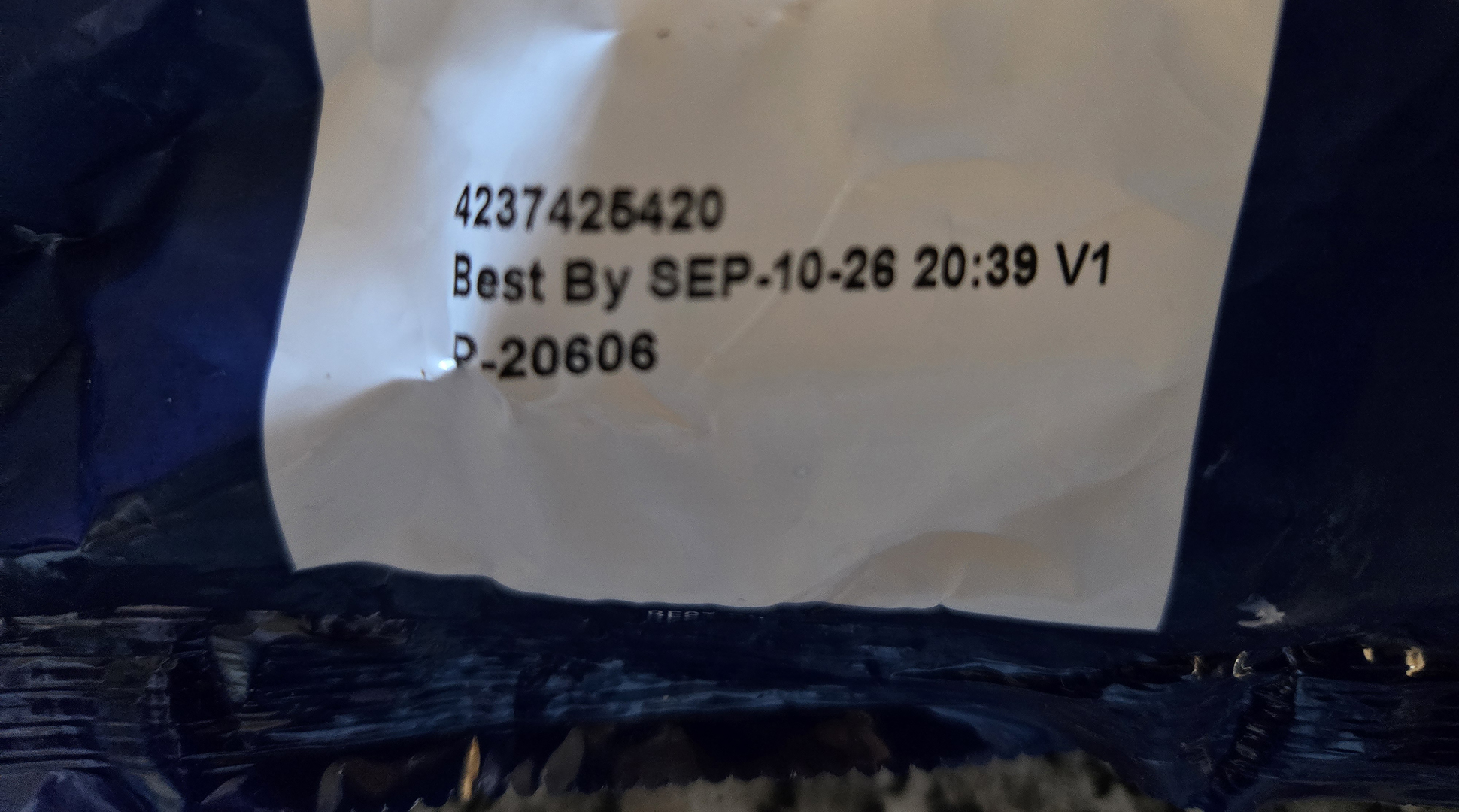Understanding Food Package Dates: A Quick Guide
Navigating the various dates on food packaging can be confusing for consumers. Here’s a helpful breakdown, based on information from the Minnesota Farm Bureau, to clarify what these dates mean and how they can guide your food choices.
1. Open Date
The "Open Date" is a specific calendar date marked on food products that indicates how long the item should be displayed for sale in retail stores. This date helps retailers manage inventory and ensure that consumers are purchasing fresh products. It’s important to note that this date is not an indication of the product’s safety but rather a guideline for optimal freshness in a retail environment.
2. Best If Used By (or Before) Date
The "Best If Used By" date suggests when the product will be at its peak flavor and quality. After this date, the food may still be safe to consume, but its taste, texture, and nutritional value may not be as high. This date is particularly relevant for items like snacks, canned goods, and frozen foods. It’s a recommendation rather than a strict rule, allowing consumers some flexibility.
3. Use By Date
The "Use By" date is more stringent and indicates the last date that the manufacturer recommends for the best quality of the product. This is especially crucial for perishable items, including dairy, meats, and prepared foods. It’s important to adhere to this date for products like infant formula and medicinal food products, as using them past this date can pose health risks.
4. Closed or Coded Dates
"Closed" or "Coded" dates are alphanumeric codes used primarily by manufacturers for inventory control. These codes are not intended for consumers and can include batch numbers or production dates that help manufacturers track their products. They provide vital information for recalls and quality control, but they are generally not useful for consumers in determining freshness or safety.
5. Packaged On, Manufactured On, or Prepared On
These dates indicate when the product was packaged or produced. They serve as a reference point for the product’s shelf life, particularly for items that are intended to be consumed within 90 days. Understanding these dates can help consumers gauge how long a product will maintain its quality, especially for perishable items.
Tips for Consumers
- Check Multiple Dates: When shopping, take a moment to look at various dates on products, not just the Open Date. This will give you a better understanding of freshness and quality.
- Store Properly: Ensure that you store food products according to the recommendations on the packaging. Proper storage can extend the life of your food.
- Trust Your Senses: If a product is past its "Best If Used By" or even "Use By" date but still looks, smells, and tastes fine, it may still be safe to eat. However, always use caution, especially with highly perishable items.
- Plan Ahead: If you have products nearing their dates, consider using them in your meals or snacks to minimize waste.
By understanding these labels and dates, consumers can make more informed decisions about their food purchases and reduce unnecessary waste, contributing to a more sustainable lifestyle.
